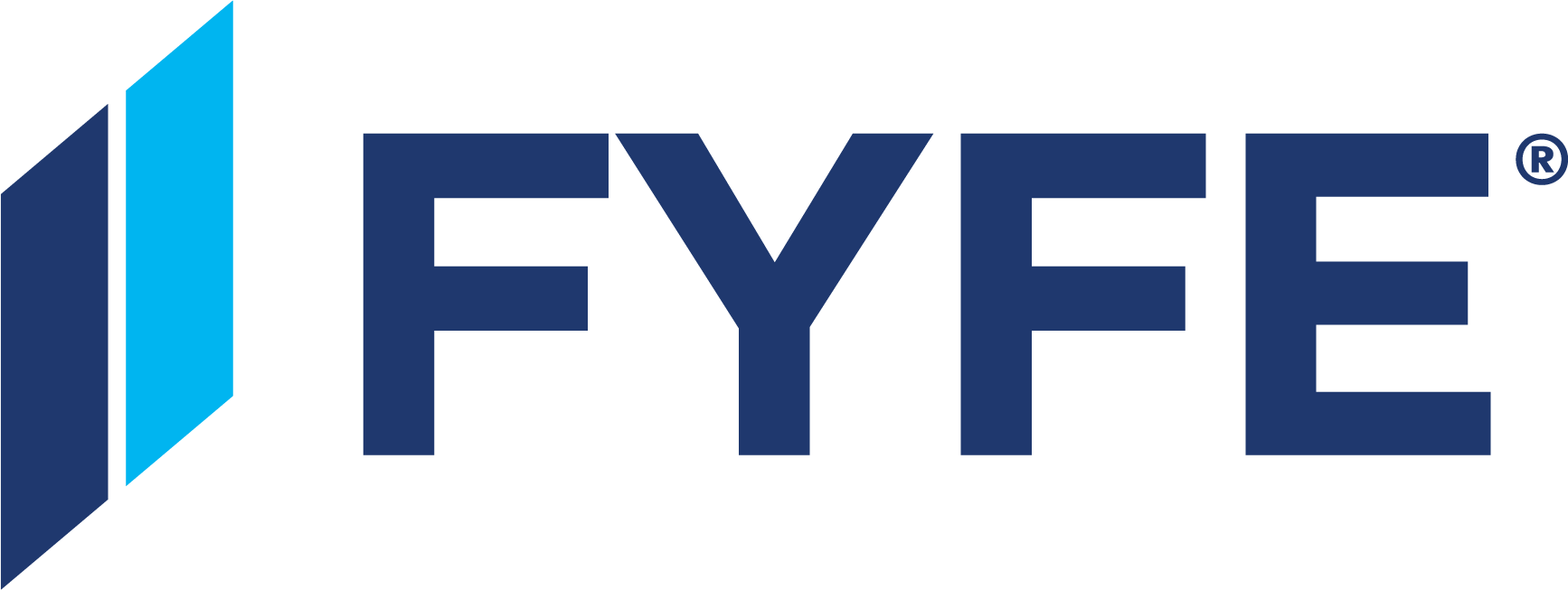Applications
Fyfe delivers structural strengthening solutions to a range of infrastructure and applications such as bridges, buildings, pipelines, marine structures, Industrial and power generation facilities, and silos, stacks and chimneys.
Building Rehabilitation & Structural Strengthening
Fyfe®’s Tyfo® FRP Systems have proven themselves to be ideal for the structural strengthening of reinforced concrete, reinforced and unreinforced masonry buildings. However, there are unique applications that have been developed for both wood and steel structural elements. Tyfo strengthens columns, walls, beams, diaphragms and connections.

Bridges & Transportation
Initially developed for seismic strengthening of bridge columns, the Tyfo Systems have since been used to strengthen and protect columns, piles, piers, beams, AASHTO girders, box girders, bent caps, pile or pier caps and bridge decks across the world. Our systems have undergone rigorous structural and durability testing to gain acceptance by transportation departments and ministeries world-wide.
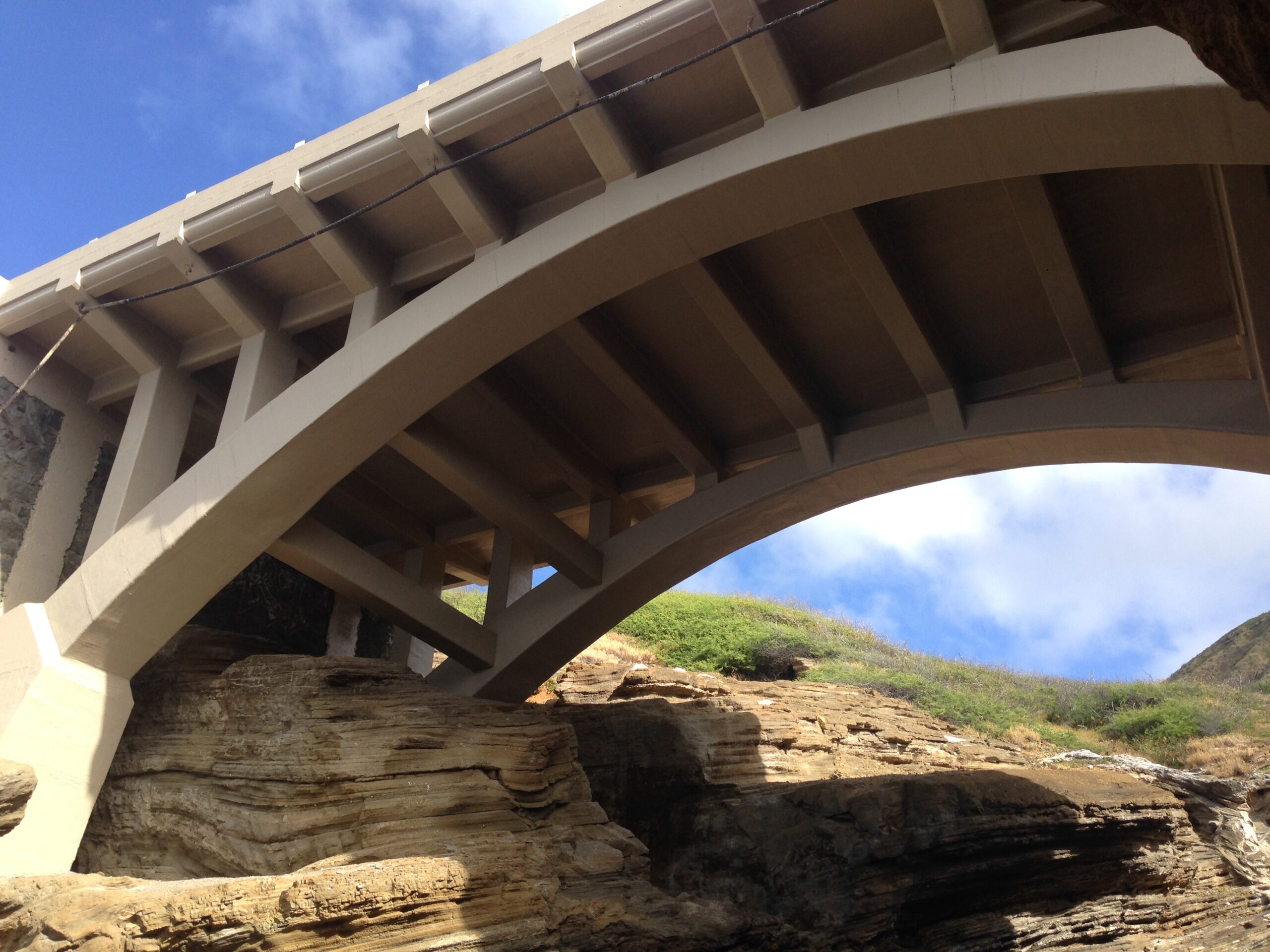
Pipelines, Water & Wastewater
When a large-diameter pre-stressed concrete cylinder pipe (PCCP, ECP), reinforced concrete pipe (RCP), steel pipe, ductile iron, cast iron, wrought iron, FRP, or other types of pipe suffer from corrosion or another form of decay, they can experience significant structural loss. The Tyfo System strengthens structurally deficient pipes and enables them to accommodate all internal loads and all external loads.
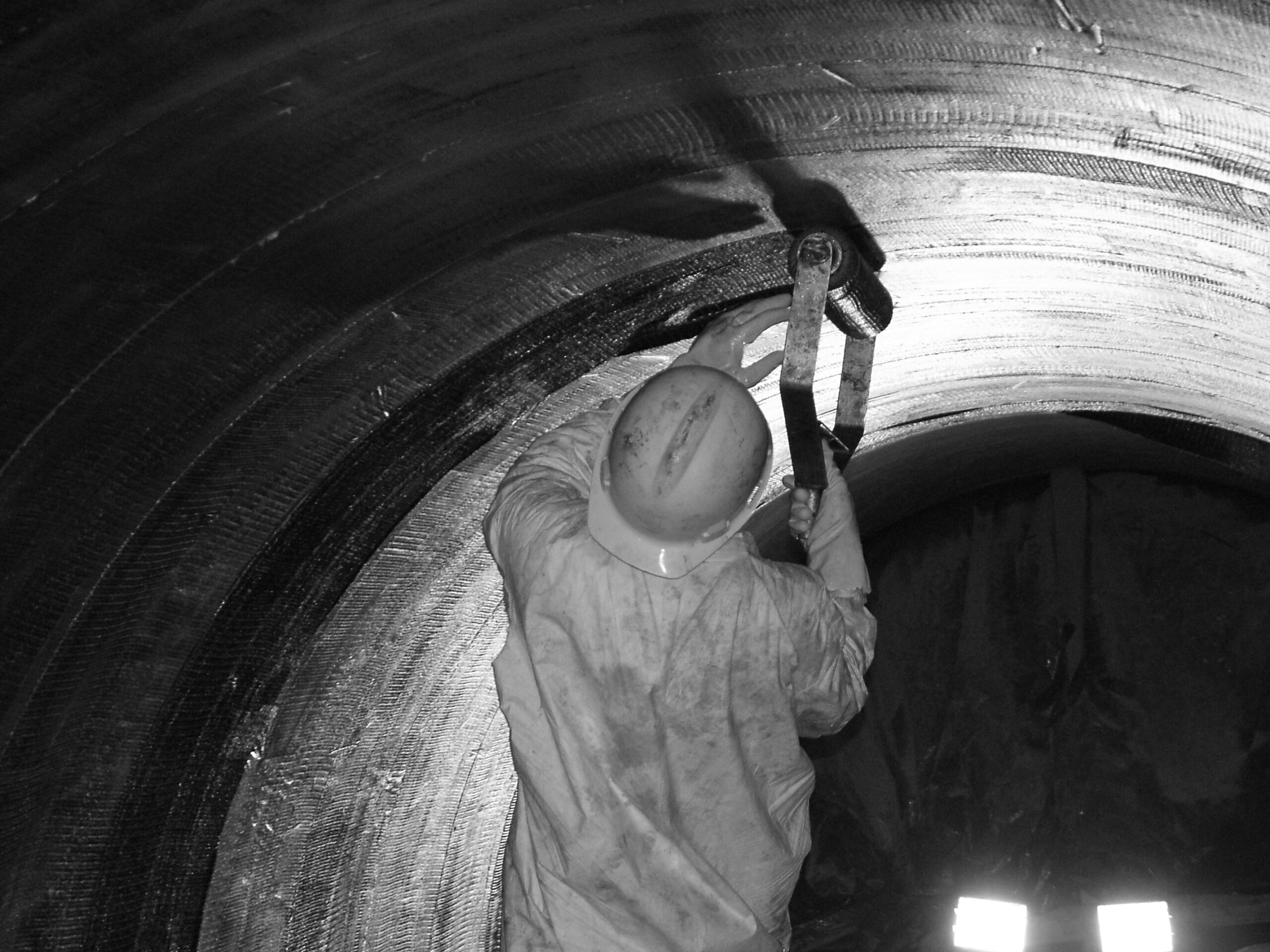
Waterfront & Marine Structures
The corrosive nature of marine environments can severely damage waterfront structures, destroy their aesthetics, and render them unable to support the loads they were designed to carry. Fyfe is a leader in rehabilitating and preserving existing reinforced concrete, wood, and steel structural elements that are periodically or permanently submerged in water using Tyfo Systems.
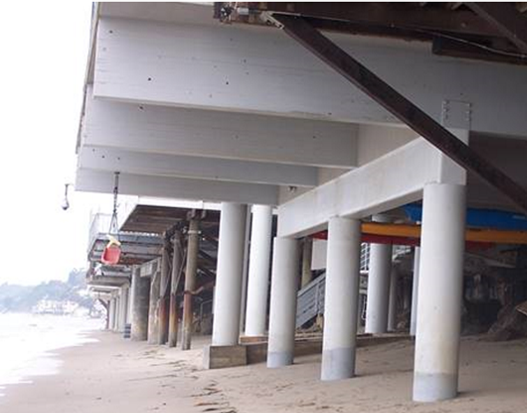
Silos, Stacks & Chimneys
This infrastructure can often be found in harsh environments such as near the ocean and can be subjected to high levels of damaging chemicals. Silos must also withstand high-pressure variants as they are filled and emptied - this pressure can cause structural weakening. Fyfe's Tyfo range of products has proven itself to offer second-to-none structural strengthening properties to silos, stacks and chimneys around the world.
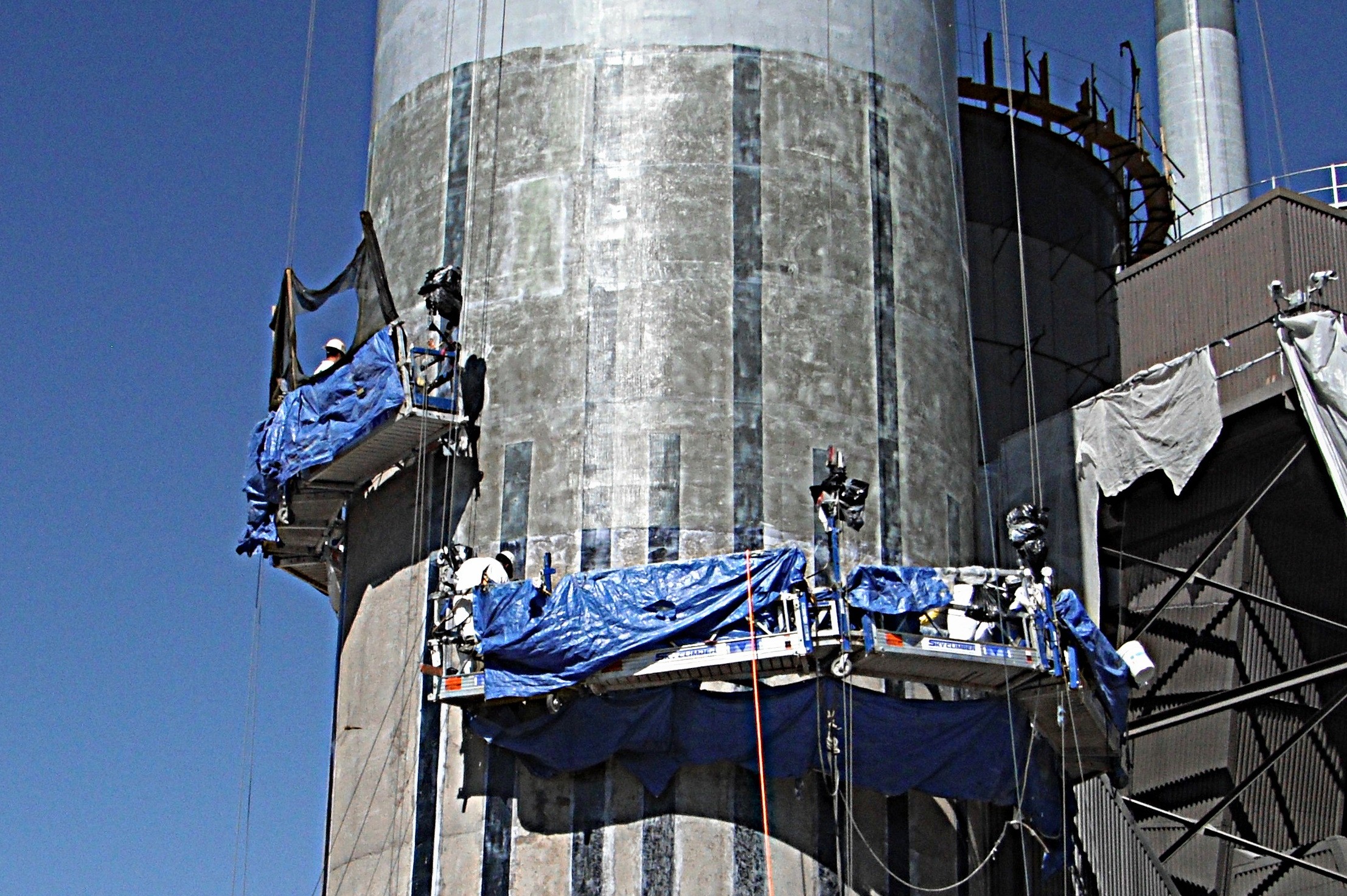
Industrial Facilities & Power Generation
The Tyfo System is ideal for strengthening industrial structures and tanks as it can easily be installed around existing equipment and instrumentation. Its ease of constructability can be achieved in extreme working conditions with industrial processes remaining operational significantly reducing repairs during shutdown and turnaround periods.
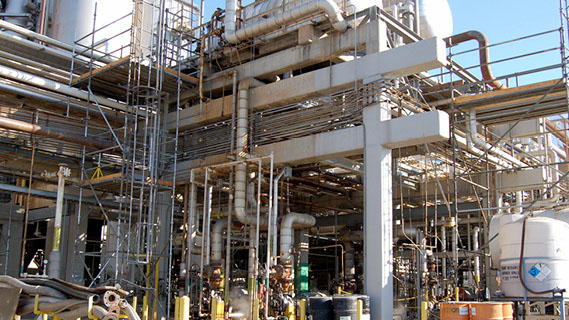
Fyfe System Projects and Case studies
Building Modifications Achieved Thanks to Fyfe’s Tyfo System. Edwards Lifesciences is the global leader in patient-focused medical innovations for structural heart disease, as well as critical care and surgical monitoring. The Edwards Lifesciences Building Community Center is at the heart of the company’s headquarters campus in Irvine, CA.
5959 W. Century Blvd, a 13-story non-ductile concrete building originally built in 1966, underwent conversion into a dual-branded select service hotel with rooftop amenities including a swimming pool. As part of the conversion, a full seismic retrofit is performed that includes adding new concrete shear walls and foundations and wrapping the interior columns with fiber-reinforced polymer (FRP).
STRUCTURAL STRENGTHENING, TYFO® SYSTEMOVERVIEWFyfe Company was successful in designing the carbon fiber-reinforced polymer (CFRP) materials for a comprehensive seismic rehabilitation of an existing parking structure. The Palomar Community College District procured a property to expand its campus and quickly initiated design activities due to a proposed change in occupancy from commercial office building to an…
Northwest Doors purchased two adjoining buildings within the same commercial building complex that did not have direct access to one another. The buildings were divided by existing precasted tilt-up panels. To gain access between buildings, two 20-ft. by 21-ft. openings were formed. By creating these openings, panel to slab steel connections were lost, causing a deficiency in in-plane sliding shear capacity.
As part of a rehabilitation of a series of utility towers, the structural engineer recommended repairs to the foundations. The concrete footing needed to be excavated, repaired and backfilled. Morris and Ritchie Engineers called for a Tyfo® fiber-reinforced polymer (FRP) system to wrap the concrete after it was repaired.
The short captive columns were wrapped with the Tyfo® Fibrwrap® system to ensure a flexural controlled performance. In addition to strengthening columns, collector beams were strengthened using our Tyfo® SCH-41 system and Tyfo® composite anchors to provide a better path for transferring tension forces.
The Tyfo® SCH-41 system (unidirectional carbon composite) was selected to provide additional shear and flexural reinforcement to the structural members as required by the engineer-of-record. The Tyfo® Fibrwrap® system was able to provide a cost-efficient and innovative solution compared to conventional construction methods.
Consumer Financial Protection Bureau building has started a tenant fit out of an existing building located next to the White House in Washington D.C. The super structure requires a blast strengthening component due to new terror concerns. In addition, the mid century modern aesthetics of the building carries the exposed column finish up the outside of the building from the first floor. The exposed columns located on the first level required blast strengthening using fiber-reinforced polymer (FRP) while maintaining the current visual aesthetic.
The Engineer of Record provided the demand values and Fyfe Engineering designed the Tyfo® SCH-41 system to strengthen these structural walls and regain the loss shear and moment capacities. The design of the Tyfo® SCH composite anchors ensured continuous tension transfer of forces through the slab. The Tyfo® SCH-41 system installed on the topside of the slab provided the required negative flexural capacity for the pre-cast planks and beams.
The Tyfo® system was designed by Fyfe Co. and approved by the DSA and the engineer of record, Hope-Amundson. The fiber-reinforced polymer (FRP) materials have been approved by DSA on previous installations at SDCCD. In this instance,Tyfo® SCH-41 FRP materials were designed and installed to provide structural reinforcement of columns, beams, joists and slabs. While advanced FRP composites have gained wide acceptance with national and international codes, principally ACI-440.2R-08, there are still various structural rehabilitation options available to the structural engineer when reviewing their analysis and design activities.
Olson Hall was one out of nine buildings requiring a seismic upgrade according to Phase 5 of the UC Seismic Corrections Plan. Fyfe Company’s pre-qualified certified applicator, Fibrwrap Construction, was awarded the design-build project. The project documents specified existing concrete columns and diaphragms to be strengthened with the addition of fiber-reinforced polymers (FRP). The project drawings also included specific FRP detailing at obstructing concrete walls and depressions in the existing terrazzo flooring.
University of Southern California has been on the forefront of using advanced and cost-effective solutions to improve it’s infrastructure. USC Capital Construction Development worked with Fyfe to complete a seismic retrofit of the College Residence Hall (COL) and the University Residence Hall (URH). Both are three stories tall with a total of approximately 30,400 sq. ft. (15,201 sq. ft. each).
The University of Southern California is completely renovating a 1952 concrete frame, brick facade building to construct a new research facility. The building is comprised of five floors, plus basement and a mechanical penthouse with a total area of 35,227 gross square feet. The project includes seismic, fire/life safety/disabled access upgrades, the installation of a fiber optic connection to the USC Norris Cancer Hospital, and the construction of a new adjoining building to house the MRI’s. FYFE Company was contacted to provide additional structural and seismic strengthening to several beams, columns and walls.
General Mills closed their Vineland, New Jersey plant in 2017 and moved a soup line to their Hannibal, Missouri plant. To accommodate the new soup line, numerous modifications, additions and relocations were required in the Hannibal plant. Work included removal of the salsa production line, a new freezer, parts storage and warehouse expansions and an office area to replace the existing displaced areas. The work included civil, structural and architectural modifications as well as the addition of new packaging equipment, process piping, mechanical, utilities and electrical modifications to support the new line.
The project included the installation of 50 conduits through an elevated floor slab, requiring the contractor to core through the elevated floor slab. Core sizes ranged in diameter from 3 to 10 inches. During the coring process, grade 60 #4 reinforcing steel was damaged at 43 of the coring locations. The 50 cores would significantly reduce the overall strength of the elevated floor slab, requiring strengthening of the slab.
The Tyfo® SCH-41 system (unidirectional carbon fibers) was selected to provide the reinforcement needed on the steel deficient slab. Due to many physical obstacles in the project, close on-site interaction with Fibrwrap Construction, the certified applicator, was crucial. Fibrwrap Construction was able to communicate effectively with Fyfe to provide the steel equivalent reinforcement and work around the obstacles without removal of any existing equipment.
The Century Plaza Hotel was marked for demolition in 2008. The National Trust for Historic Preservation added to its list of endangered historic locations in 2009 in 2010, plans to renovate the building, including a seismic retrofit, were set in motion. The Tyfo® system was a major part of the retrofit of the main building. The project, consisting of column, beam and slab strengthening, started in October 2017 and was completed in spring 2019. As with most seismic retrofits, the Tyfo® systems was only part of the solution. There was additional conventional steel added along with buckling restrained braced frames.
The YWCA Hotel in Vancouver, British Columbia was in the process of expanding its footprint to incorporate a new tower directly adjacent to the existing structure. The engineer of record, who was to oversee these expansions, had the challenge of not only structurally upgrading the existing tower to handle increased loading but to also tie the existing and new structures together. After careful consideration of multiple options to achieve these goals, the EOR decided that using the Tyfo® fiber-reinforced polymer (FRP) system was the most sound and cost effective method to meet all the hotel’s needs.
Tower of Hope, a 13-story structure built in 1968 and located in Garden Grove, California underwent a voluntary seismic rehabilitation and full remodel. The remodeled Tower of Hope will provide housing to the Christ Cathedral Catholic Corp. upon its completion in 2016. Fyfe Company was contacted to design an advanced composite system that would strengthen the existing columns and shear walls for flexure and shear.
Fibrwrap Construction provided a complete fiber-reinforced polymer (FRP) shear reinforcement solution required at the Gaetz Avenue and 60th St. overpass in the City of Red Deer, Alberta. Fyfe Co LLC certified applicators, Fibrwrap Construction, installed the Tyfo® SCH system for shear strengthening within the critical shear zone at abutments of the bridge girders due to load increasing capacity requirements. The crew installed the high strength, low-profile system to the existing girders with minimal site impact. This installation provided a time and cost-efficient solution to ensure the bridge can continue to safely perform for the community of Red Deer.
100-year-old concrete piers rehabilitated with Tyfo FRP system. Work carried out during extended periods of below freezing temperatures to enable access to pier surface (low water levels). Floating and enclosed platforms constructed to enable the
installation. Project completed by a 10-person team over four months.
The Fyfe® design was based on replacing the equivalent tensile capacities of the damaged FRP system as well as adding additional strength to areas that were unreinforced in the original retrofit. Without the need for heavy equipment, the highway could stay functional by only blocking off a single lane at a time to perform the extensive clean up of fire damaged material and soot that covered most of the structure.
The Arkansas I-440 bridge spanning the Arkansas River was experiencing repeated cracking throughout several concrete piers. Traditional repair methods often involve short-term crack injections that require additional maintenance in the near future, leading to substantial additional costs in the following years.
The Tyfo® system was used for the design by the DOT under section 577.02 calling for the fiber-reinforced polymer (FRP) system to be carbon fiber and conform to ACI 440.2R, Guide for the Design and Construction of Externally Bonded FRP System for Strengthening Concrete Structures and the AASHTO 2012 Guide Specification for Design of Bonded FRP System for Repair and Strengthening of Concrete Bridge Elements.
In order to provide protection from specified environmental exposure for the desired extended service life, two layers of the Tyfo® SEH 51A system were applied to 64 bridge piles in a full coverage wrap scheme. Because the bridge piles in question are partially submerged in the Kinnickinnic River; the Tyfo® SW-1S water resistant epoxy was used in the saturation and application of the Tyfo® SEH 51A fabric.
The number of layers required to supplement the flexural capacity lost by the corroded steel varied per location. Beyond this, one layer U-wraps were installed to provide a protective membrane to the AASHTO girders at each repaired location. At the end of the project, the use of fiberwrap materials was noted as a large cost-savings to the owner that allowed the bridge to remain in service during repairs and immediately increased the bridge’s lifespan.
100-Year-Old Penstock Given New Lease of Life by Tyfo System. The Eagle River Generation Station is a hydroelectric generating station located near the Town of Dryden, Ontario, Canada. Eagle River, in addition to McKenzie and Wainwright stations, provide a combined 3.9 MW of energy to the local power grid.
In 1870, a new 48-inch cast iron water main was installed in the Brookline area of Boston to provide additional potable water supply to residents. Almost 150 years later, this pipeline today now supplies over 21 million gallons (or approximately 15 percent of the total daily water supply) per day to the region.
The Tyfo® system was used as a liner to provide corrosion protection and nominal hoop tension strength on a 120-inch diameter steel pipe at a nuclear power plant in Yorktown, Virginia.
The 120-inch diameter steel pipe at this power plant was severely rusted due to the surrounding corrosive environment. A repair solution was needed that could not only withstand the harsh environment but could also be installed with minimal shut down time at the plant.
Site preparation and bypass pumping of the creek water and storm flows was provided by the prime contractor, Massillon Stone Company, which utilized an 8-inch dry prime pump and 8-inch irrigation piping. The pumping system had to overcome a 150 vf levee wall to force the water from the base of the levee wall to the top of the levee for discharge. The trenchless repair was performed by entering the line and hand applying the Tyfo® Fibrwrap® CFRP system.
The fiber wrap design was standalone throughout the straight pipe segments and designed as a composite section at the bends and at the supports; this allowed for the remaining steel section to provide the stiffness required in resisting thrust forces at those locations. Once the fiber installation was completed, compression rings were applied at the fiber terminations for improved detailing and to prevent shear slipping due to longitudinal forces.
The scope of work included conducting the internal surface preparation by media blasting and internal installation of the Tyfo® carbon fiber material on 440ft of 36-inch diameter steel pipe and 310 ft of 32-inch diameter steel pipe including numerous eight tees, five 90° elbows, two reducers and one dead head.
The scope of work included strengthening segments on each of the three effluent pipe lines, including conducting the required surface preparation, end detailing, fiber installation, finish coat installation and conducting all the required quality control measures. The pipe length of each repaired section was 13, 18 and 27 lineal feet.
CSNRI has been a long-term supplier of pipe repair solutions to a refinery in the south of the UK and has become a trusted partner. During an inspection engineers identified deterioration of an existing structural concrete plinth at the refinery. CSNRI was engaged to design a solution with fiber-reinforced polymers (FRP) and perform the installation with a tight schedule.
The Larnaca Sewage and Drainage Board was created in the later 1970s following heavy rainfall which caused destructive floods in the region. The system at the time needed to be upgraded due to the influx of development in the region, and when the flood occurred the town Major took the decision to place a focus on the provision of improved sewage and draining services.
Fibrwrap Construction was selected to perform the rehabilitation work. The scope of work included strengthening nine (10) segments of PCCP, including conducting the required surface preparation, end detailing, fiber installation, finish coat installation and all the required quality control measures. Both the return and supply cooling water lines had segments which required structural strengthening. The access limitations only allowed for man entry and ventilation on each end of a the two 1,200-ft long segments of pipe.
The fiber wrap design was standalone throughout the straight pipe segments and designed as a composite section at the bends and at the supports; this allowed for the remaining steel section to provide the stiffness required in resisting thrust forces at those locations. Once the fiber installation was completed, compression rings were applied at the fiber terminations for improved detailing and to prevent shear slipping due to longitudinal forces.
The scope of work included conducting the internal surface preparation by media blasting and internal installation of the Tyfo® carbon fiber material on 440ft of 36-inch diameter steel pipe and 310 ft of 32-inch diameter steel pipe including numerous eight tees, five 90° elbows, two reducers and one dead head.
The scope of work included strengthening segments on each of the three effluent pipe lines, including conducting the required surface preparation, end detailing, fiber installation, finish coat installation and conducting all the required quality control measures. The pipe length of each repaired section was 13, 18 and 27 lineal feet.
Concrete repair work was required and the Tyfo® Fibrwrap® Systems were utilized to supplement the corroded longitudinal and transverse steel reinforcement. Fyfe worked with the engineer of record to detail a carbon fiber strengthening system that would not only make up for the loss of structural capacity due to the section loss in the reinforcing steel, but also provide additional strength and protection to the structures moving forward.
A United States Army post for more than 100 years, Fort Mason is now a National Historic Landmark and part of the Golden Gate National Recreation area in San Francisco. The marine environment had corroded the concrete pier serving the area, with the rebar on the underside of the deck suffering from corrosion. Approximately 250 4-foot diameter cassions were found to be in need of additional confinement and shear strength to resist anticipated seismic loads.
The 90 ton gantry crane in the photo above, is being supported by a 50 ton rated pier. Although the crane is not typically fully loaded, the pier experienced some overloading from time-to-time.
The beams directly below the crane rails required both shear and flexural enhancement to accommodate the service loads. Fibrwrap Construction provided a design build proposal based on the engineers performance requirements.
An upscale restaurant and adjoining apartment complex, which was in poor condition structurally and aesthetically mostly due to exposure to marine weather conditions was in dire need of structural rehabilitation. The restaurant actually sets out into the ocean on concrete pilings and ocean surf is continually surging up against the bottom of the restaurant’s floor. The city required a permanent repair of corrosion damage to pilings, beams and slab or the restaurant would have to be demolished.


